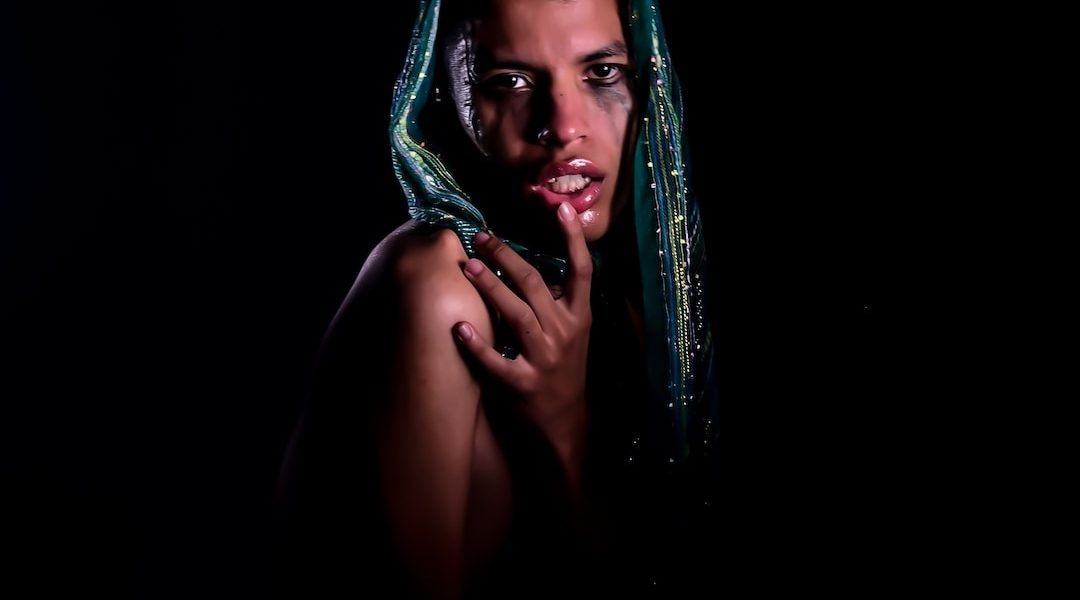Eyebrow tattooing is a popular cosmetic procedure that involves injecting pigment into the skin to create the appearance of fuller eyebrows. However, over time, some individuals may want to remove or alter their eyebrow tattoos. One popular method for removing eyebrow tattoos is laser removal. But how long does it take for the tattoo to fade completely after laser removal? Let’s find out.
How does laser tattoo removal work?
Laser tattoo removal involves using high-intensity laser beams to break down the ink particles in the tattoo. The laser selectively targets the pigment while leaving the surrounding skin unharmed. Once the ink particles are shattered, they can be naturally eliminated by the body’s immune system.
Factors affecting the fading process
Several factors can influence how long it takes for an eyebrow tattoo to fade after laser removal. These include:
- Ink color: Darker colors, such as black or dark brown, usually require more laser sessions to fade completely compared to lighter colors.
- Tattoo age: Older tattoos generally fade faster than newer ones. This is because the ink in older tattoos has had some time to break down naturally.
- Tattoo depth: Tattoos that are deeper in the skin may take longer to fade since the ink is located further from the skin’s surface.
- Skin type: Different skin types react differently to laser treatment. Fair skin tends to respond better to laser removal compared to darker skin tones.
- Individual response: Each person’s body may respond differently to laser tattoo removal, so the fading process can vary from person to person.

Number of laser sessions required
The number of laser sessions required to fade an eyebrow tattoo can vary depending on the factors mentioned above. On average, most individuals require multiple sessions spaced several weeks apart for optimal results. The sessions are typically quick, lasting only a few minutes, but the complete fading of the tattoo can take several months or even longer.
Aftercare tips for faster fading
To help speed up the fading process after laser tattoo removal, it is essential to follow proper aftercare instructions. Here are a few tips:
- Avoid sun exposure: Protect the treated area from the sun, as UV rays can interfere with the healing process and cause pigment darkening.
- Keep the area clean and moisturized: Follow your tattoo removal specialist’s instructions on how to care for the treated area to ensure proper healing.
- Avoid picking or scratching: It’s crucial to let the skin heal naturally without any interference to avoid complications or prolonged healing time.
- Stay patient: Laser tattoo removal is a gradual process, and it’s important to have realistic expectations. Results may not be immediate, and multiple sessions may be required for optimal fading.
In conclusion, the time it takes for an eyebrow tattoo to fade completely after laser removal can vary from person to person. Factors such as ink color, tattoo age, and skin type can influence the fading process. On average, it can take several months or longer for the tattoo to fade completely, with multiple laser sessions usually being required. To achieve optimal results, it’s important to follow proper aftercare instructions and have realistic expectations for the fading process.
